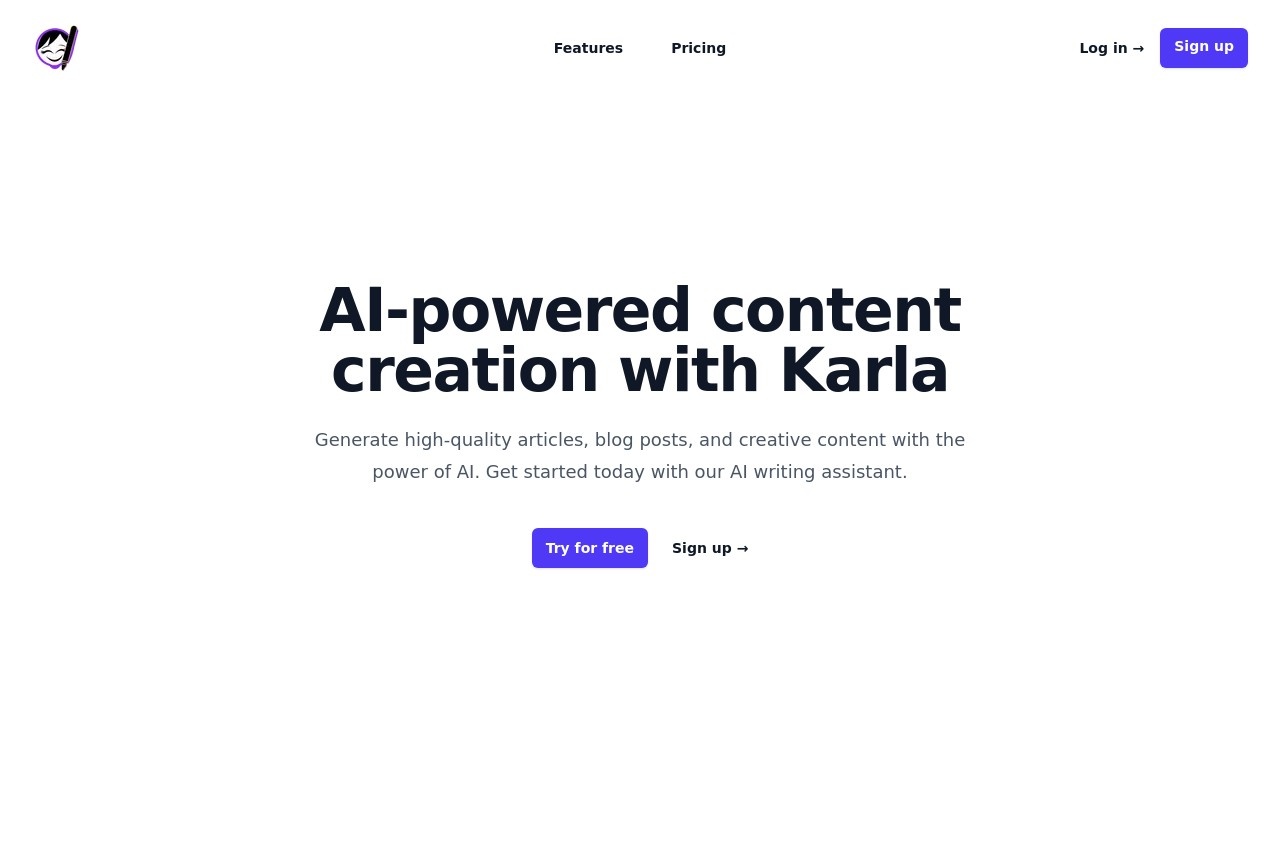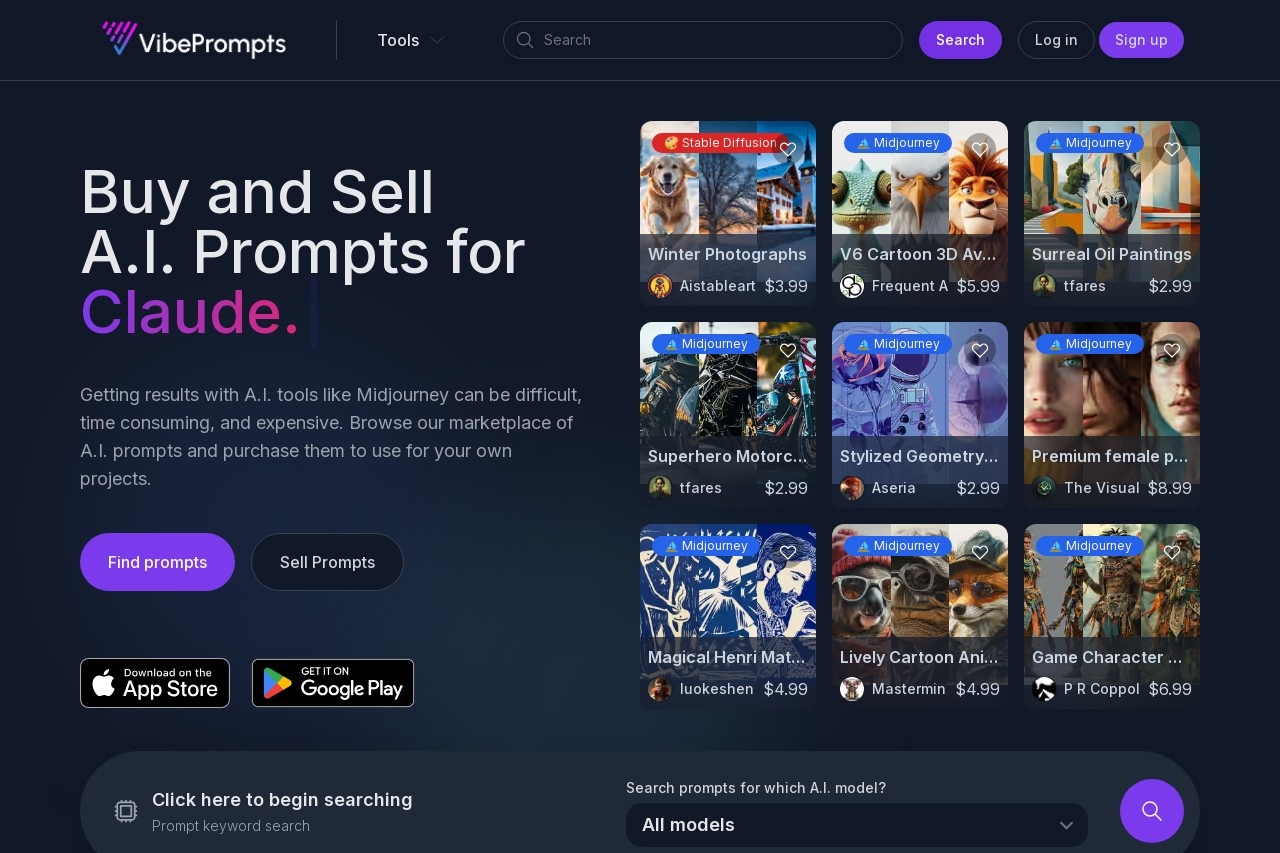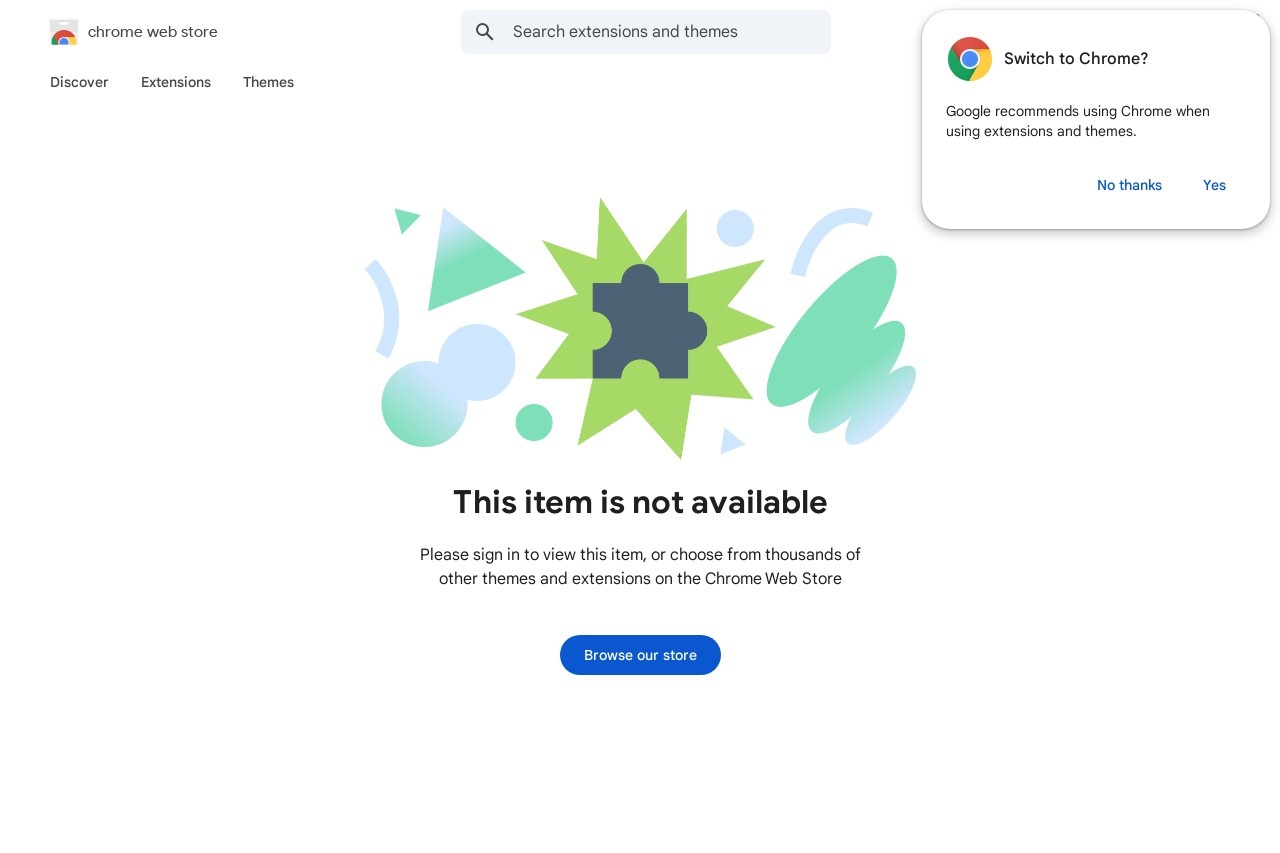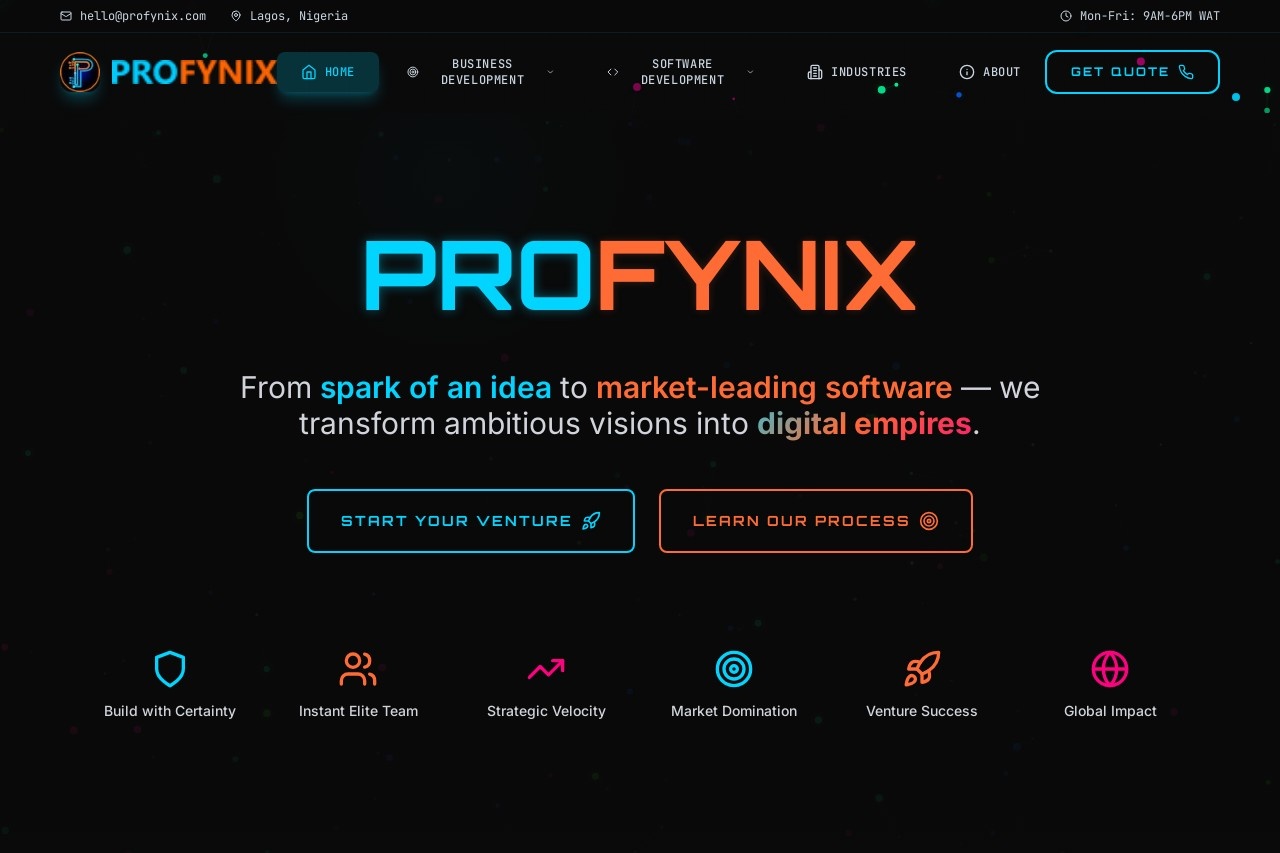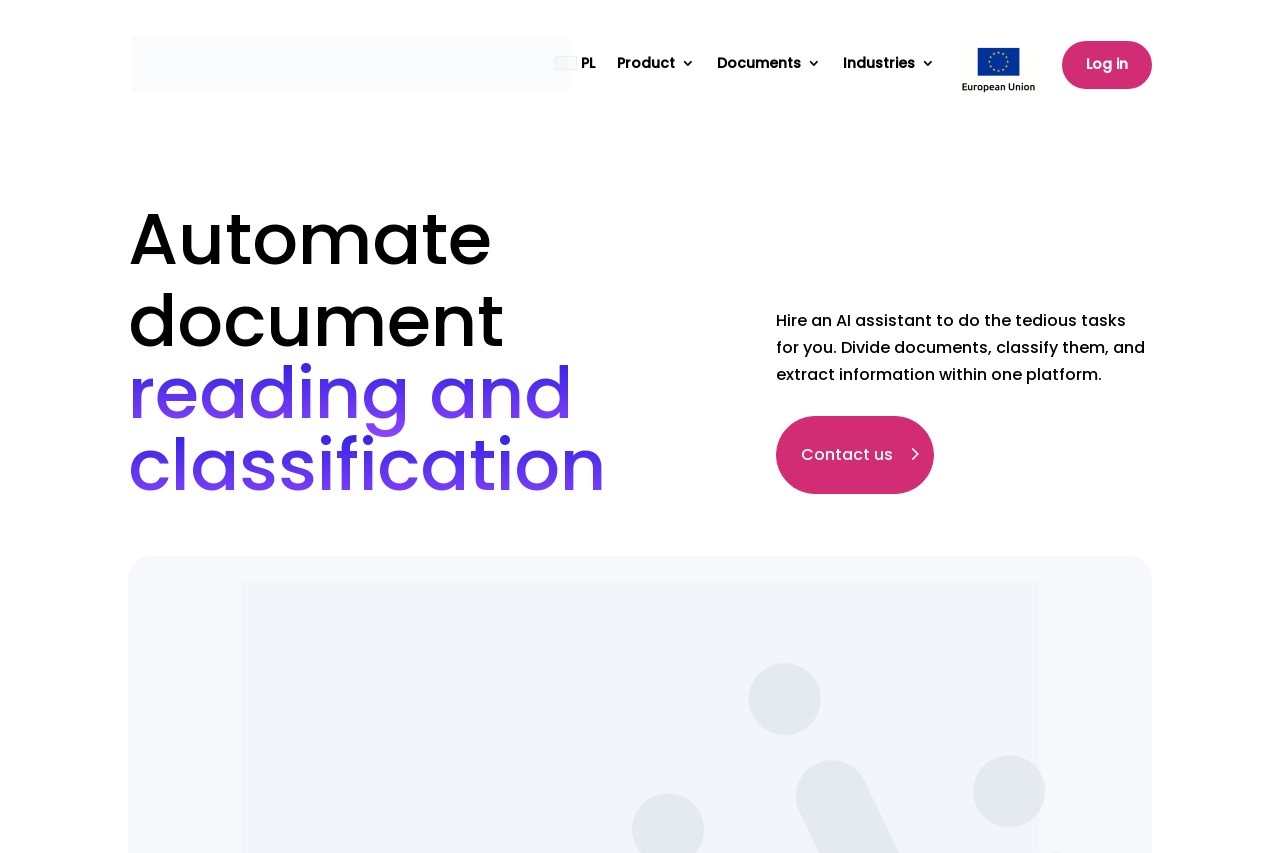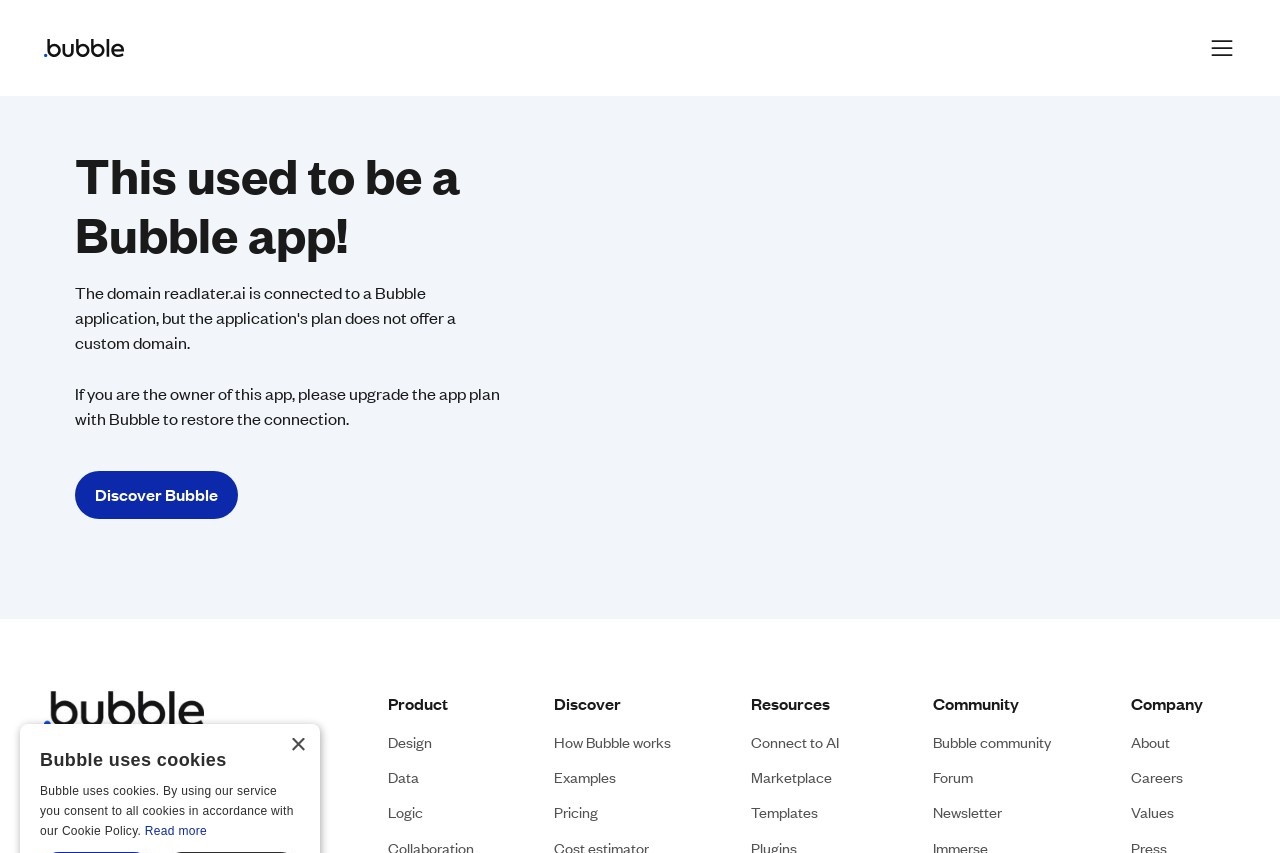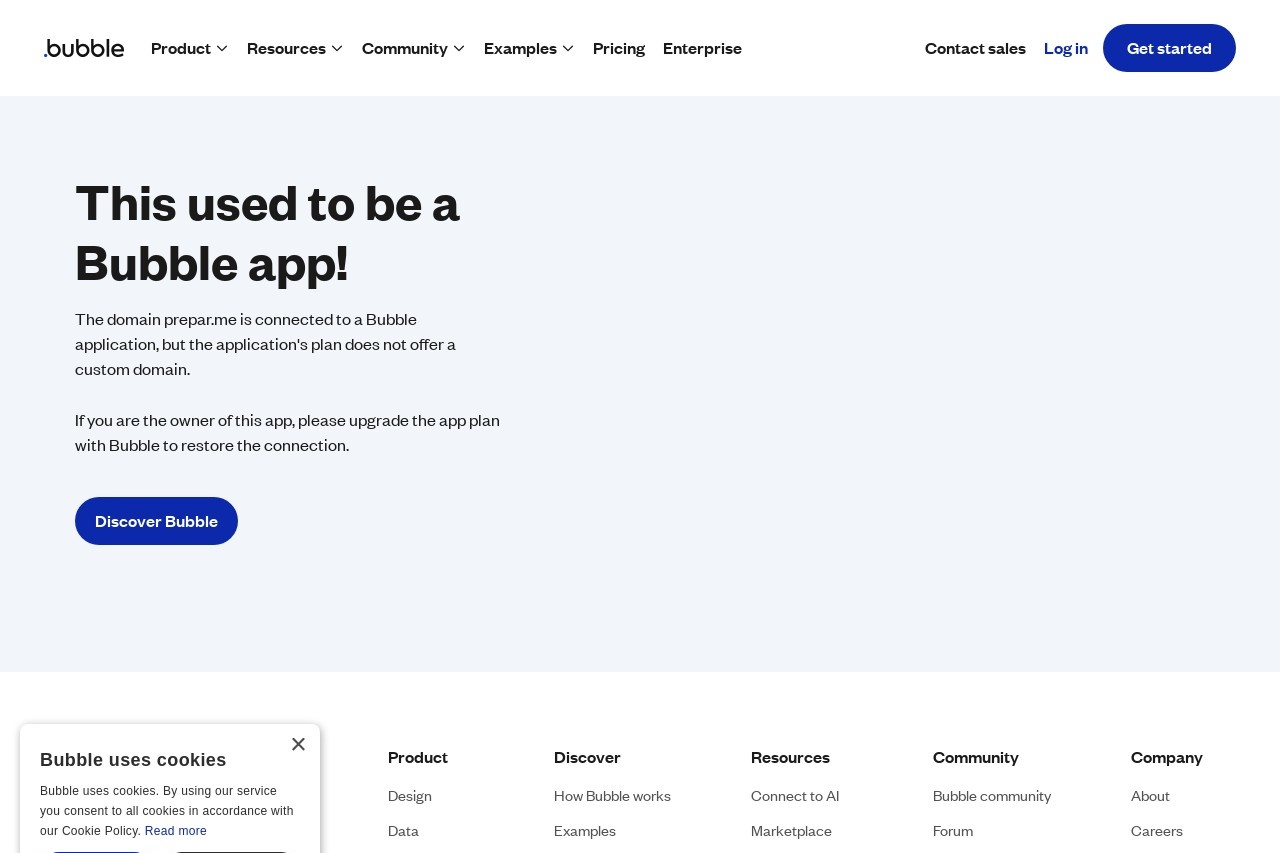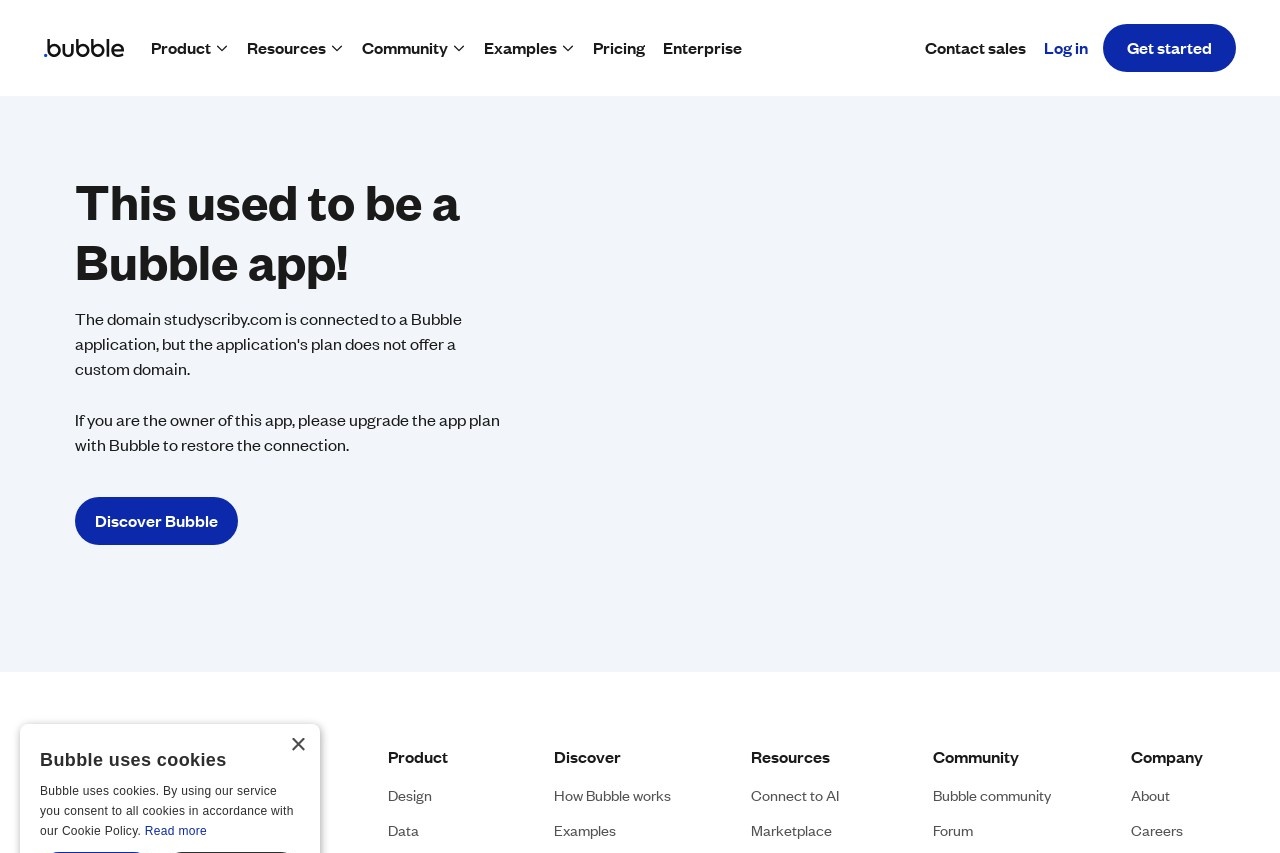Vercel
Vercel: A Security Checkpoint for Modern Applications
Vercel is a cloud platform designed to help developers build, deploy, and scale web applications with ease. Known for its seamless integration with frontend frameworks like Next.js, Vercel provides a robust security layer to protect applications from vulnerabilities and threats.
Key Security Features of Vercel
- Edge Network Protection: Vercel's global edge network includes built-in DDoS mitigation and SSL encryption, ensuring secure data transmission.
- Serverless Function Isolation: Each function runs in an isolated environment, reducing the risk of cross-contamination or unauthorized access.
- Automated HTTPS: All deployments automatically include free SSL certificates, enforcing secure connections.
- Environment Variables: Sensitive data can be securely stored and accessed without exposing credentials in client-side code.
Why Security Matters for Vercel Applications
Modern web applications face increasing security challenges, from malicious bots to data breaches. Vercel addresses these concerns by integrating security measures directly into the deployment pipeline. For example:
- Every deployment undergoes automated checks for vulnerabilities.
- Permissions and access controls are granular, allowing teams to enforce least-privilege principles.
- Real-time monitoring detects and alerts suspicious activity.
Best Practices for Securing Vercel Apps
While Vercel provides strong defaults, developers should also follow these guidelines:
- Regularly update dependencies to patch known vulnerabilities.
- Use Vercel's built-in analytics to monitor traffic patterns for anomalies.
- Enable two-factor authentication (2FA) for team accounts.
- Audit environment variables and restrict access to sensitive data.
By combining Vercel's infrastructure with proactive security practices, teams can deliver fast, reliable, and secure applications to users worldwide.





